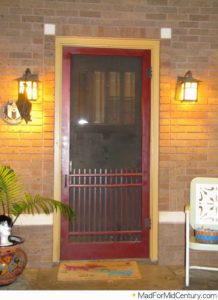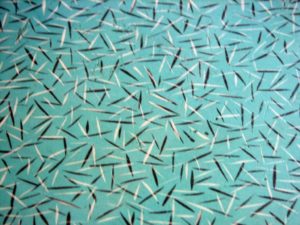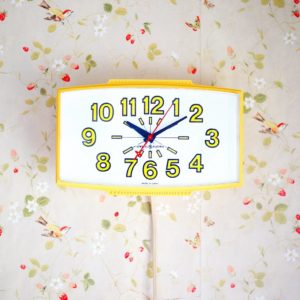 Once upon a time, your mom made the decision about which grocery store to shop at based on a simple factor: what brand of trading stamps did they offer?
Once upon a time, your mom made the decision about which grocery store to shop at based on a simple factor: what brand of trading stamps did they offer?
Mom was a Top Value fan, hence my using them for the illustration rather than the much more popular S&H Green Stamp. The IGA in my hometown gave away Top Value, hence the reason mom never, ever shopped at the Safeway right across the street. She also did her dry cleaning, bought her gas, and did other shopping with dealers who gave out Top Value stamps.
I grew up licking those stamps and pasting them in books. I loved it. That was big stuff to a six-year-old. And our modest house would periodically be enhanced by the purchase of a lamp, toaster, or the like gained in exchange for those books full of pasted legal tender. We had a Top Value store in town, no waiting for a package in the mail!
 The whole idea behind trading stamps was simple and effective: stores would purchase the stamps in quantity. They had a cash value that the trading stamp company would recognize. You could even trade in your books for cash, but you would make out better getting merchandise. Other businesses, such as bowling alleys and service stations, also got in on it.
The whole idea behind trading stamps was simple and effective: stores would purchase the stamps in quantity. They had a cash value that the trading stamp company would recognize. You could even trade in your books for cash, but you would make out better getting merchandise. Other businesses, such as bowling alleys and service stations, also got in on it.
The store’s or business’s payoff? Customers like my mom, who would never dream of patronizing any grocery store but Farrier’s IGA.
Every town with a population of, say, 7500 or more had a redemption center for at least one brand of stamps. In fact, my memories of the trading stamp program coincide with the peak of the industry. In the mid 1960’s, S&H alone was printing three times as many stamps as the US Postal Service! An estimated 80% of US households were saving at least one brand of stamp.
The Recession of the 70’s is what ended trading stamps. Redemption centers started closing as the economy floundered. By 1981, there was just a fraction of the original S&H stores left. S&H sold out to another company at that time, and they still survive as a get-paid-while-you-surf-and-shop outfit at http://www.greenpoints.com/. In fact, if you have any old books of stamps laying around, you can give them a holler at 1-800-435-5674 and get $1.20 for each of them!


















